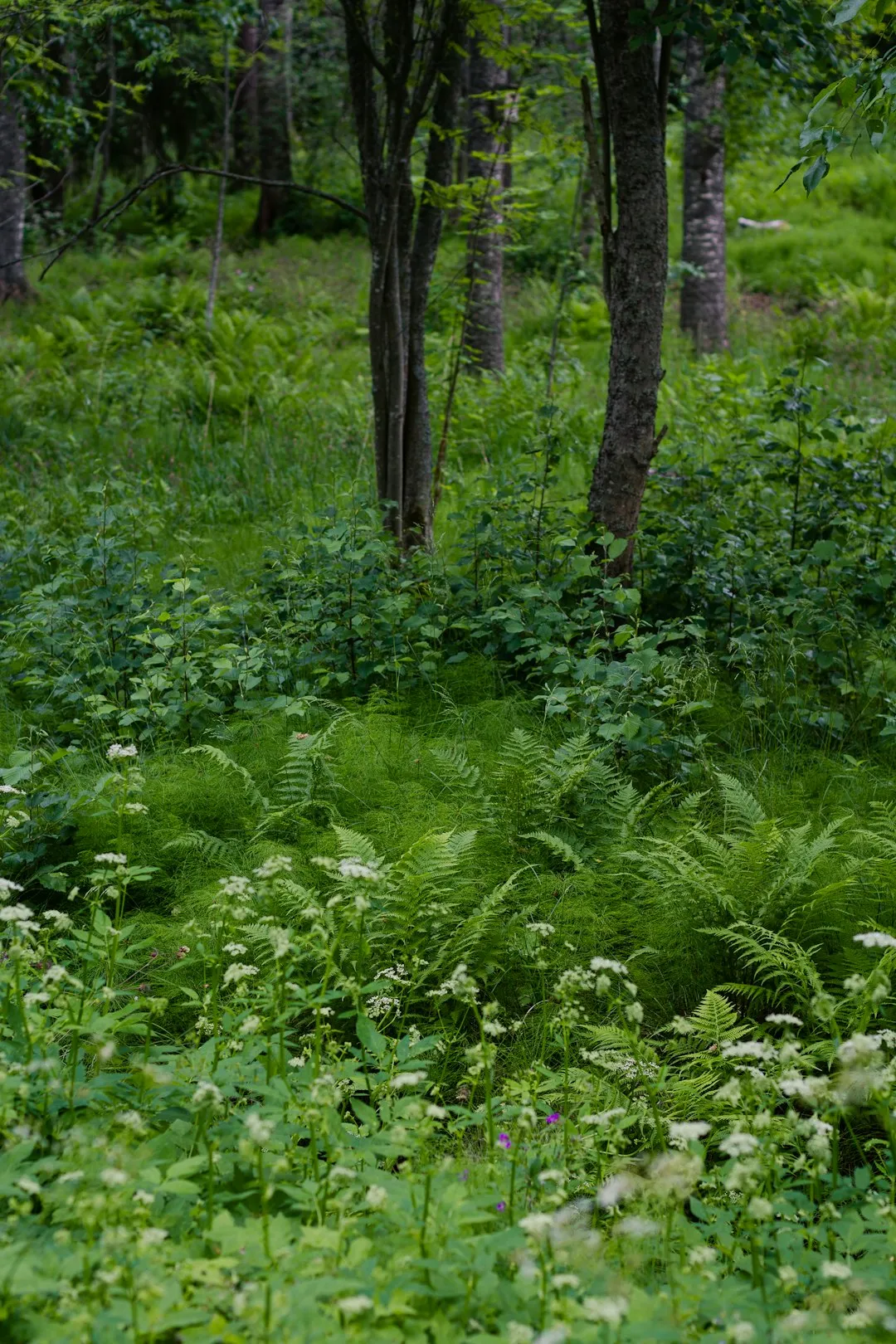The Enigmatic Prickly Pear: A Gardener's Guide

In the realm of sunny landscapes, there exists a plant that stands out as both a striking addition and a captivating challenge: the prickly pear. With its unique appearance and resilient nature, the prickly pear cactus has long fascinated gardeners and nature enthusiasts alike. In this article, we will delve into the world of prickly pears, exploring how to plant them without getting poked and uncovering the beauty they bring to gardens.
The prickly pear, scientifically known as Opuntia, is a genus of cacti that belongs to the Cactaceae family. Native to the Americas, these plants have adapted to thrive in arid and semi - arid regions, making them well - suited for gardens with plenty of sunlight. Their flat, paddle - shaped stems, known as cladodes, are covered in spines and glochids, the latter being tiny, barbed hairs that can cause irritation if they come into contact with the skin.
One of the first steps in planting a prickly pear is choosing the right location. Prickly pears require full sun exposure for at least six hours a day. They also prefer well - drained soil, as they are susceptible to root rot in waterlogged conditions. A sandy or gravelly soil mix is ideal, as it allows water to drain quickly. When selecting a spot in your garden, make sure it is away from high - traffic areas to avoid accidental contact with the spines.
Before planting, it is essential to handle the prickly pear with care. Wear thick gloves and use tongs or a pair of long - handled pliers to move the plant. If you are starting from a cutting, allow the cut end to dry and callous over for a few days. This helps prevent rot when the cutting is planted. When planting, dig a hole that is slightly larger than the root ball or the base of the cutting. Place the plant in the hole and backfill with soil, gently tamping it down around the base.
Watering is a crucial aspect of prickly pear care. During the growing season, which typically runs from spring to fall, water the plant deeply but infrequently. Allow the soil to dry out completely between waterings. In the winter, reduce watering even further, as the plant goes into a dormant state. Over - watering can be a death sentence for prickly pears, so it's important to err on the side of caution.
Prickly pears are not only known for their unique appearance but also for their beautiful flowers. In the spring and summer, they produce large, showy blooms in various colors, including yellow, orange, pink, and red. These flowers attract pollinators such as bees and butterflies, adding to the ecological value of your garden. After the flowers fade, they are replaced by edible fruits, known as tunas, which are rich in vitamins and antioxidants.
As perennials, prickly pears can live for many years with proper care. They are relatively low - maintenance plants, but they do require some attention. Periodically, check for pests such as scale insects and mealybugs. If you notice any signs of infestation, treat the plant with an appropriate insecticide or use natural remedies like neem oil. Pruning may also be necessary to maintain the shape of the plant and remove any damaged or diseased parts. Use sharp, clean tools and wear protective gear when pruning.
In conclusion, the prickly pear is a wonderful addition to any sunny garden. Its beauty, resilience, and ecological benefits make it a plant worth considering. By following the tips outlined in this article, you can successfully plant and care for a prickly pear cactus without getting poked. So, why not add a touch of the desert to your landscape and enjoy the unique charm of the prickly pear?